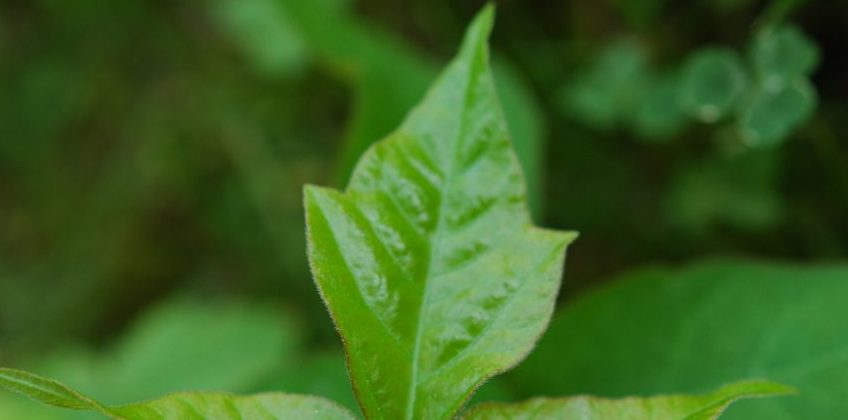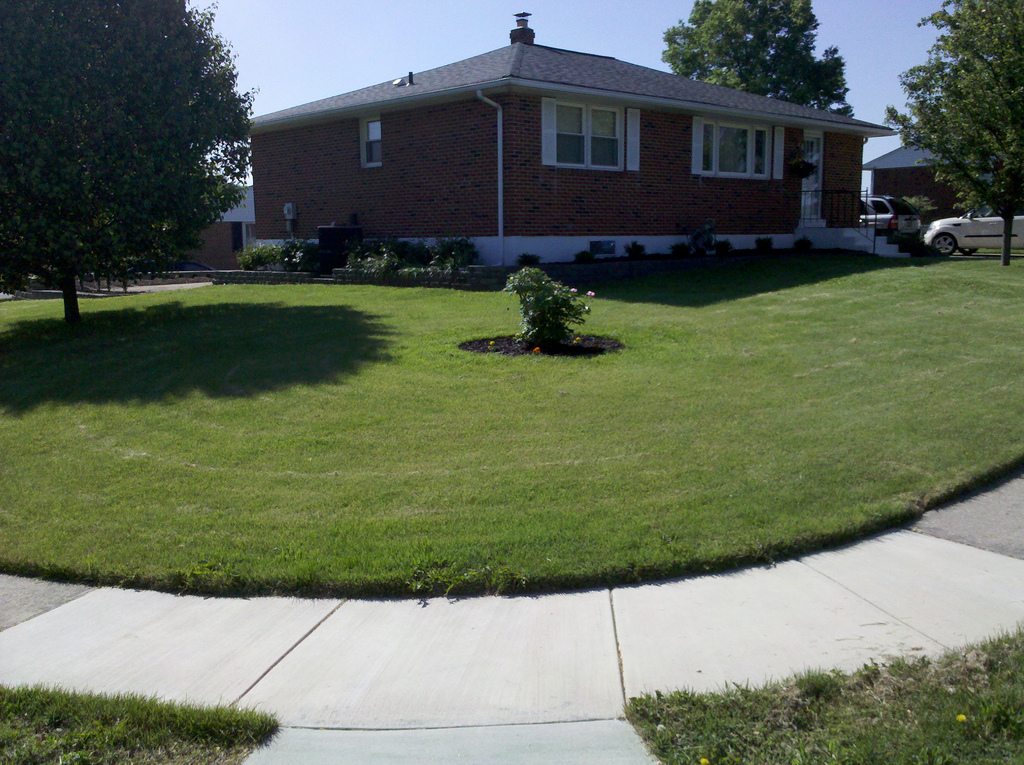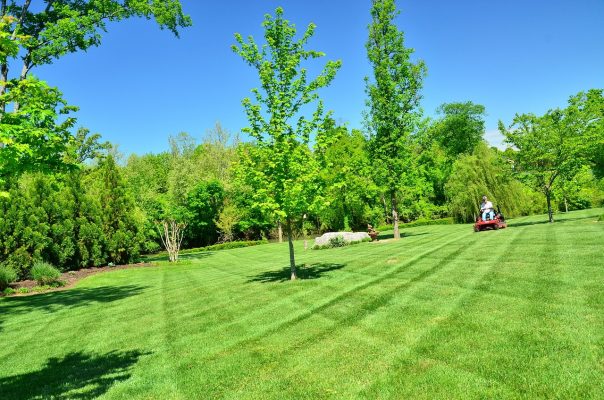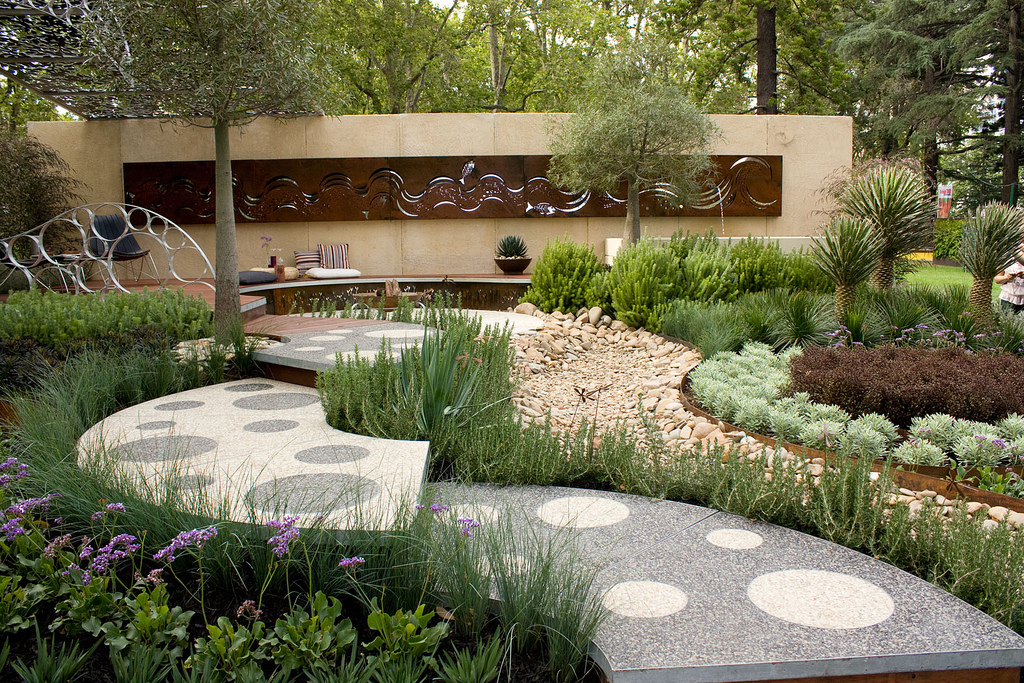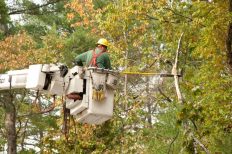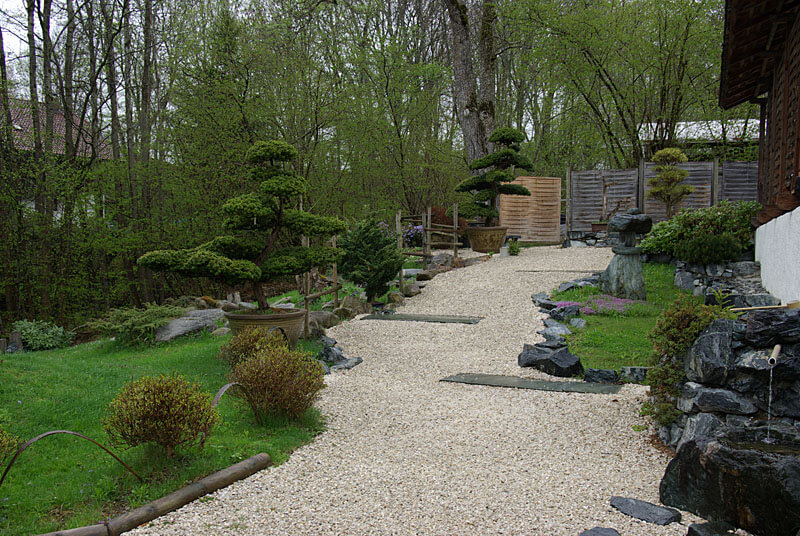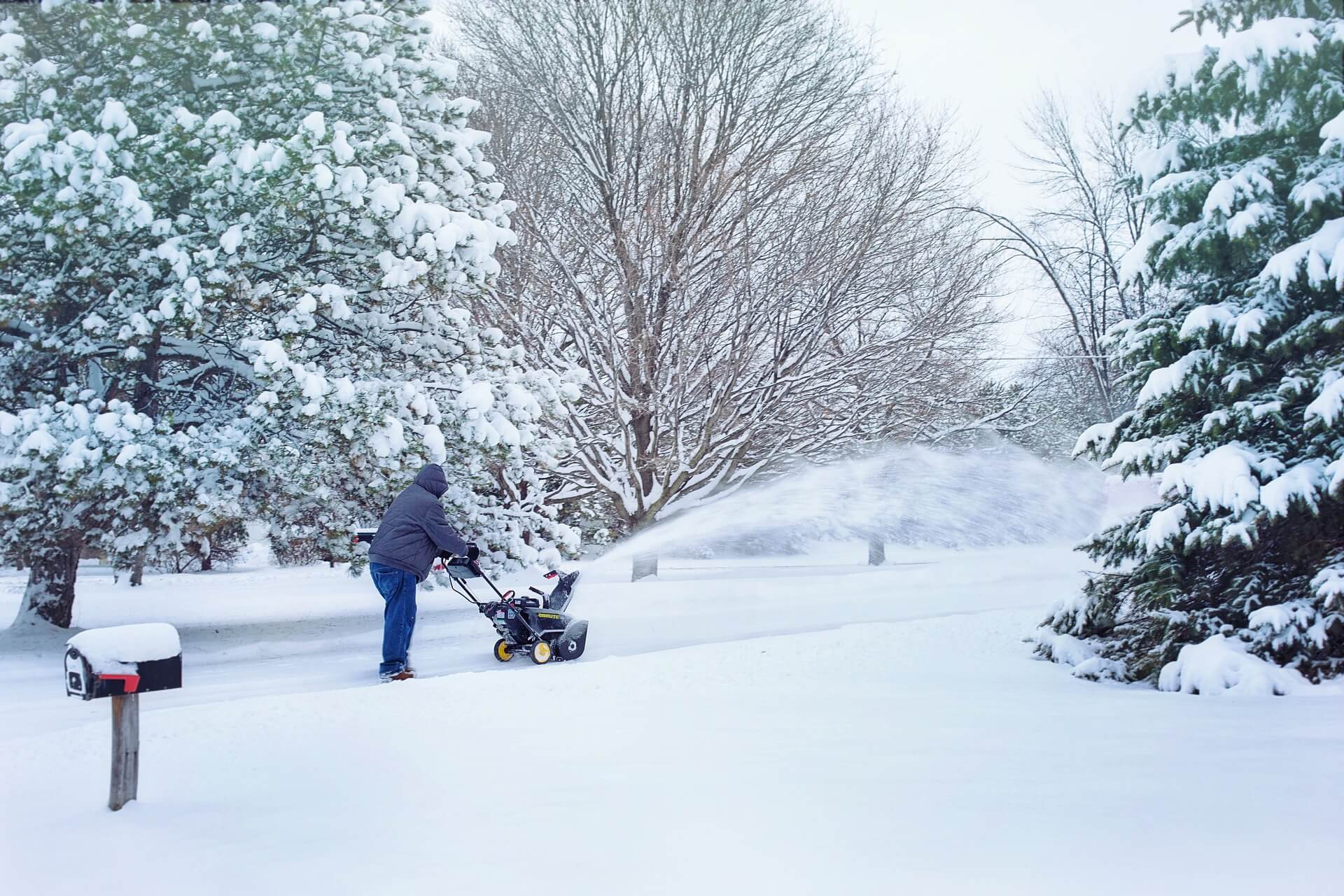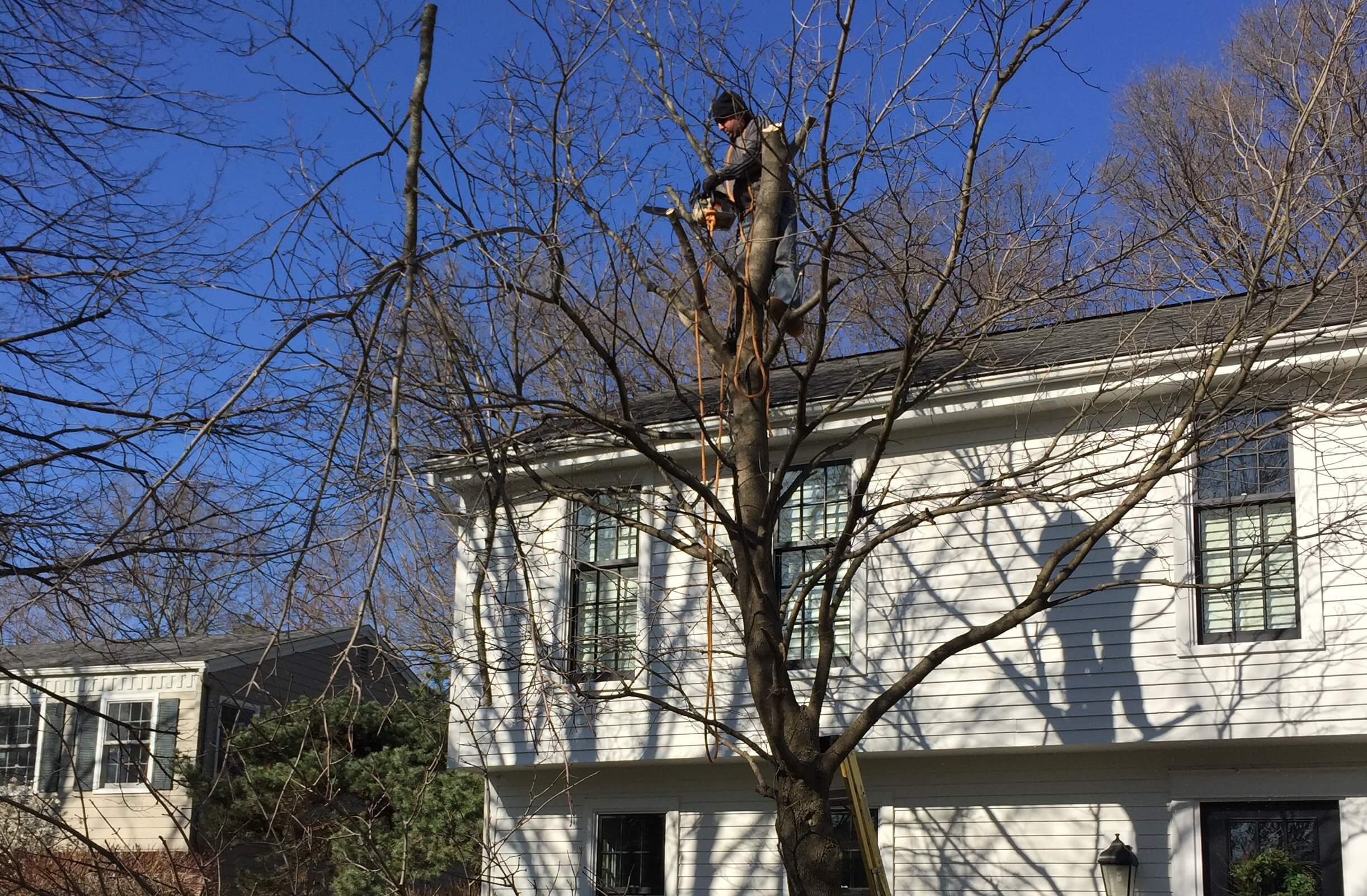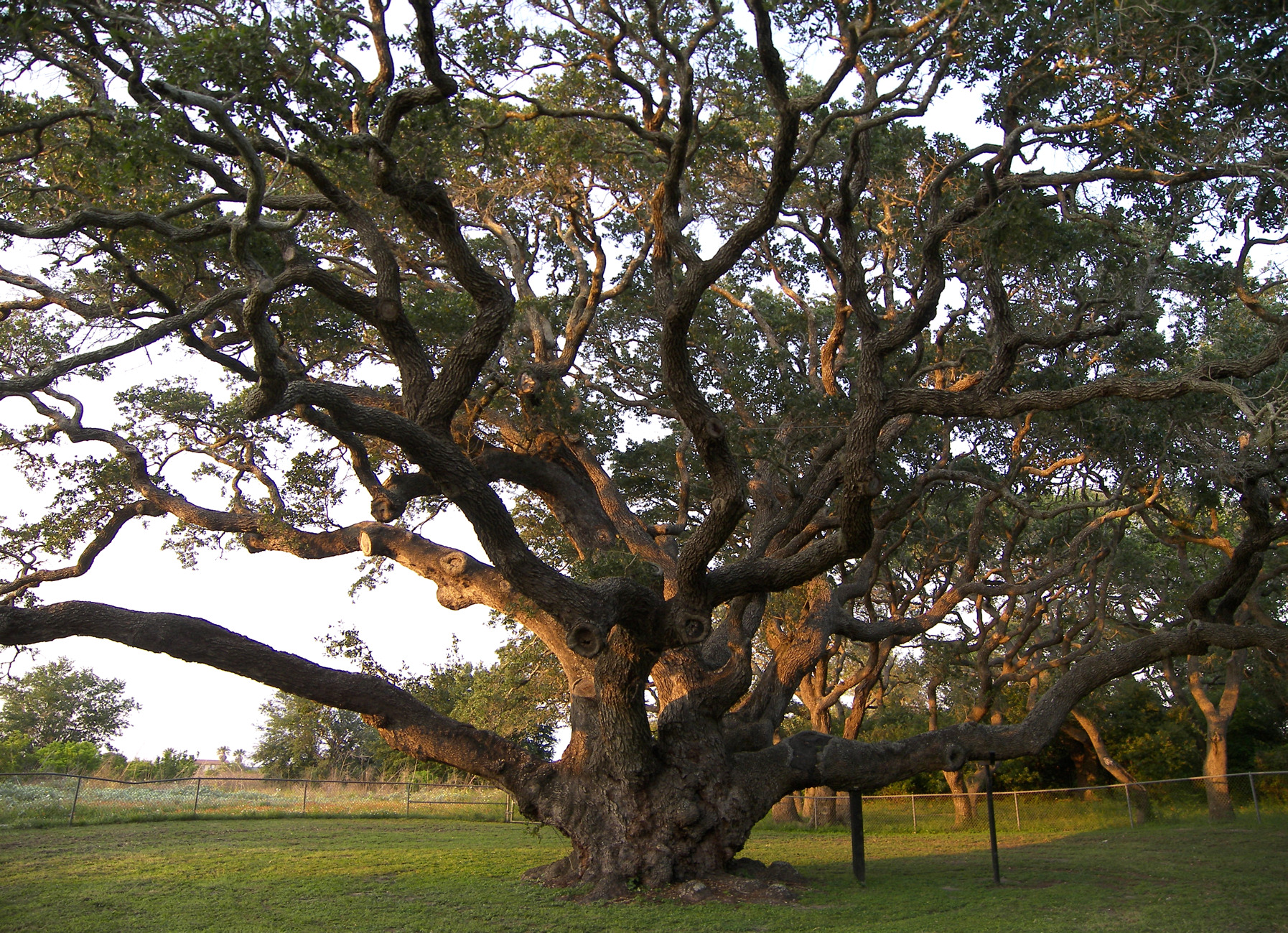
Why Do You Need to Let Some of Your Trees Go (When Their Time Comes)
While trees are undoubtedly the heart and soul of every garden, there comes a time when any tree must leave. Some tree species do not have the privilege of living 5000 years, so strong and so tall as Bristlecone Pine. Sadly, the common tree types we have in our yards get old in less than 50 years and when they do, removal is due.
For someone who lived for 17,000 – 25,000 years, reading this paragraph would surely give them the strongest headache an Ent has ever had. The wisest and eldest of the Ents, Treebeard, is very likely to have witnessed as many battles and events as Eru Ilúvatar; the creator of the world of J. R. R. Tolkien. Finding out there’s a tree (or Ent if you will) that is about to be removed from an area (or killed, if seen from his perspective) would’ve caused Treebeard to start a war against Men.
But worry not. The ancient Forest of Fangorn is far from our Earth and the trees we have are not capable of walking, talking and fighting our battles for us like Ents did. Ranging in all sizes and shapes, trees do a lot more for our gardens than providing oxygen for our flowers, plants and, of course, for us. Unfortunately, that applies for healthy trees only. The unhealthy ones, though, are undesirable. Not only can they be an eyesore, but they also represent a hazard for you, your family and your pet.
There are a number of reasons to remove trees from a yard. However, to decide whether you need to let go of a tree, you only need to answer yourself these questions:
- Is it in the way of a planned activity? Many times the reason to remove a tree is simply because the homeowners have planned an activity that includes the space that a tree takes (such as renovation or building a kid’s playfield).
- Is the tree healthy? If the tree is damaged over 50% and cannot be saved, removal is probably the most appropriate solution. An unhealthy tree may continue surviving in your yard, but it will be forever charmless.
- Does it pose a hazard for you and your family? Old and sick trees usually have weak roots and branches, which represents a constant threat for you and your family. If trimming and pruning doesn’t help, tree removal is essential, because they could snap over you at any time.
- Is it leaning? If the tree is leaning, it could mean a number of things. For example, weakening or breakage of the roots or suffering from a disease. In this case, tree removal is a must, because it represents a hazard.
- What is the environment of the tree? If the tree is growing on rock ledges or near a body of water, it is very likely their root systems to be shallow and weak. These trees must be removed before they fall; it’s only a matter of time.
If you find the old adage “Better safe than sorry” to be true, there are few more considerations you need to take into account. For example, if there are dead branches on one side only, there’s hope for the tree if expert handles it on time, as it is only a symptom of trunk or root damage. Also, examine if the tree has a historical or sentimental value. If you’re not attached to it, a member of your family might. Once you answer all of these questions and conclude your tree no longer belongs to your garden, it’s time to take care of the matter and do what needs to be done.
“Do not be hasty – that is my motto”
Treebeard’s motto is as he had this particular thought in mind, encouraging us to think long and think hard. Growing tired of a tree or realizing you could use the space of the tree’s location differently are not good reasons that can get you Treebeard’s approval. Before removing a tree from your yard, you need to be totally sure that the tree is beyond saving and it does more harm than good. The best way to ensure if a tree cannot be saved is to hire a professional tree removal service provider. We at Sunset Landscaping speak Entish, which is our secret why we know exactly whether a tree needs to go or not.

